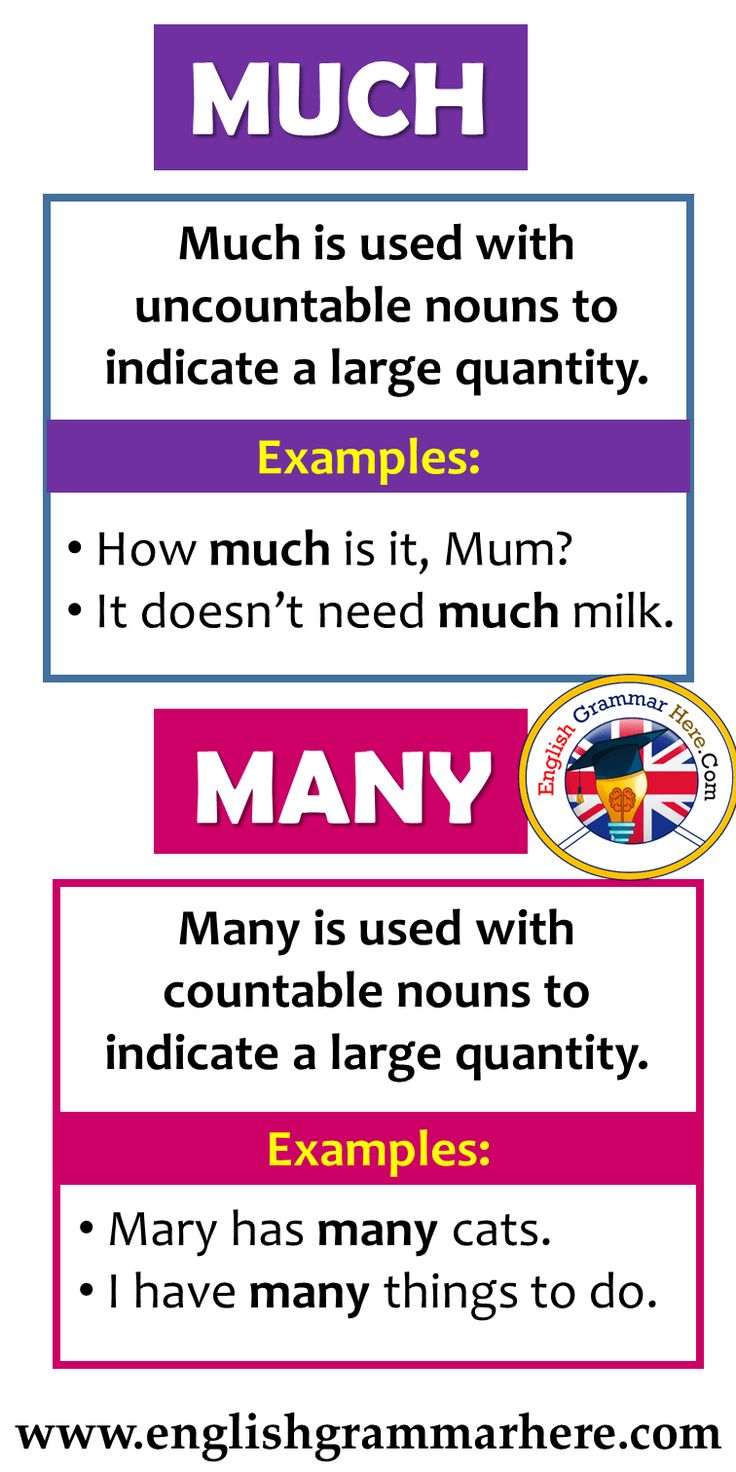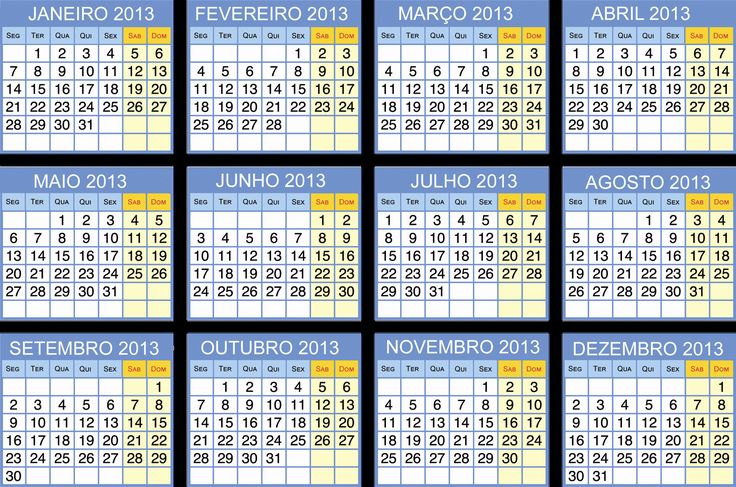How Much Does A Jeep Wrangler Engine Cost? Unveiling the Price Tag of Your Off-Road Heart
How Much Does A Jeep Wrangler Engine Cost? Unveiling the Price Tag of Your Off-Road Heart jeeps.truckstrend.com
The Jeep Wrangler is more than just a vehicle; it’s a symbol of freedom, adventure, and rugged capability. Its iconic design and legendary off-road prowess have endeared it to millions worldwide. But like any mechanical marvel, the heart of the beast – its engine – can sometimes falter. Whether due to years of hard-earned miles, an unforeseen mechanical failure, or even the desire for an upgrade, needing a new engine for your Wrangler can be a daunting prospect.
The question "How much does a Jeep Wrangler engine cost?" doesn’t have a simple, single answer. It’s a complex equation influenced by a multitude of factors, from the specific engine type and its condition (new, used, or remanufactured) to labor rates and additional components. This comprehensive guide will break down the costs involved, help you understand the variables at play, and provide actionable insights to navigate the process of replacing your Wrangler’s powerhouse.
How Much Does A Jeep Wrangler Engine Cost? Unveiling the Price Tag of Your Off-Road Heart
Understanding the Factors Influencing Jeep Wrangler Engine Cost
Before diving into specific price ranges, it’s crucial to understand the key elements that dictate the final bill. These factors can cause significant variations in cost:
- Engine Type and Displacement: Jeep Wranglers have been equipped with various engines over the years. A 3.6L Pentastar V6, the most common engine in modern Wranglers, will have a different cost profile than a newer 2.0L Turbo I4, a robust 3.0L EcoDiesel V6, or the high-performance 6.4L Hemi V8 found in the Rubicon 392. Older models (TJ, JK pre-2012) had different engines like the 4.0L I6 or 3.8L V6, which primarily exist in the used or remanufactured market now.
- Engine Condition: New, Remanufactured, or Used:
- New OEM (Original Equipment Manufacturer): These are brand-new engines supplied directly by Mopar (Jeep’s parts division). They offer the highest quality, guaranteed fit, and the best warranty, but come at the highest price.
- Remanufactured/Rebuilt: These engines have been disassembled, inspected, and rebuilt to factory specifications (or better) by specialized companies. Worn parts are replaced, and critical components are machined. They offer a good balance of cost and reliability, often with a decent warranty.
- Used/Salvage: These are engines pulled from donor vehicles, often from junkyards or wrecked Jeeps. They are the cheapest option but come with the highest risk due to unknown history, mileage, and potential internal issues. Warranties, if any, are usually very limited.

- Vehicle Generation: The complexity of engine swaps can vary between Jeep Wrangler generations (e.g., JK vs. JL). Newer models might have more integrated electronics, potentially increasing labor or specific part costs.
- Source of Purchase: Where you buy the engine significantly impacts the price. Dealerships typically charge more for OEM parts, while independent parts suppliers, online retailers, or salvage yards offer more competitive prices, especially for used or remanufactured units.
- Labor Costs: This is often the largest variable. Labor rates vary widely by geographic location, the specific mechanic shop (dealership vs. independent specialist), and the complexity of the engine swap. Engine replacement is a significant undertaking, requiring many hours of skilled labor.
- Ancillary Parts and Fluids: Beyond the engine itself, you’ll need new gaskets, seals, belts, hoses, spark plugs, filters, engine oil, coolant, and potentially other sensors or components that are best replaced during the swap.

Breakdown of Jeep Wrangler Engine Types and Their Estimated Costs
Let’s delve into the estimated costs for different Jeep Wrangler engine options, considering various conditions:
-
3.6L Pentastar V6 (Most Common: JK 2012-2018, JL 2018-Present, JT Gladiator):
- New OEM: $4,000 – $7,000+ for the long block (engine without accessories).
- Remanufactured: $3,000 – $5,500.
- Used (Salvage): $1,500 – $3,500.
- Notes: This is the most prevalent engine, offering good availability for all conditions.
-
2.0L Turbo I4 (Newer Option: JL 2018-Present, JT Gladiator):
- New OEM: $5,000 – $8,000+.
- Remanufactured: $3,500 – $6,000.
- Used (Salvage): $2,000 – $4,000.
- Notes: Being a newer engine, used options might be less common than for the Pentastar.
-
3.0L EcoDiesel V6 (Premium Option: JL 2020-Present, JT Gladiator):
- New OEM: $7,000 – $12,000+. Diesel engines are inherently more complex and thus more expensive.
- Remanufactured: $5,000 – $9,000.
- Used (Salvage): $3,000 – $6,000.
- Notes: Expect higher costs for both the engine and labor due to the diesel’s complexity.
-
6.4L Hemi V8 (High-Performance: JL Rubicon 392):
- New OEM: $15,000 – $25,000+. This is often sold as a complete crate engine, ready for installation.
- Used (Rare): $8,000 – $15,000+. Very limited availability and still extremely expensive.
- Notes: Primarily for direct replacement in a Rubicon 392. Swapping a Hemi into a non-Hemi Wrangler is a much larger, more expensive project (often $20,000 – $40,000+ total) involving extensive modifications.
-
Older Engines (For JK 2007-2011 & TJ/YJ Models):
- 3.8L V6 (JK 2007-2011):
- Remanufactured: $2,500 – $4,500.
- Used: $800 – $2,500.
- 4.0L I6 (TJ/YJ/XJ, etc.):
- Remanufactured: $2,000 – $4,000.
- Used: $800 – $2,000.
- Notes: These engines are typically only available as remanufactured or used units. Their longevity makes them popular for rebuilds.
- 3.8L V6 (JK 2007-2011):

New Engine Costs: OEM vs. Aftermarket Options
When considering a new engine, you primarily have two routes:
- OEM (Original Equipment Manufacturer) Engines: These are the gold standard. They are identical to the engine that came in your Wrangler from the factory, ensuring perfect fitment and compatibility with all existing systems. Mopar offers comprehensive warranties on these parts, providing peace of mind. While they are the most expensive upfront, their reliability and guaranteed performance often justify the cost for those seeking long-term dependability.
- Aftermarket/Crate Engines: Some specialized companies offer brand-new, complete engines designed as direct replacements or even performance upgrades. These "crate engines" are often built with improved components or specific tuning. While they can be an excellent option, especially for custom builds or significant performance boosts, their cost can range from similar to OEM to considerably higher, depending on the specifications. It’s crucial to research the manufacturer’s reputation and warranty thoroughly.
Used and Remanufactured Engine Costs: Budget-Friendly Alternatives
For many Wrangler owners, opting for a used or remanufactured engine offers a more budget-friendly path to getting their Jeep back on the road.
- Remanufactured/Rebuilt Engines: These are an excellent middle-ground option. A reputable remanufacturer takes a used engine, disassembles it completely, cleans and inspects every component. Worn parts (pistons, rings, bearings, valves, camshafts) are replaced with new ones, and critical surfaces are machined to exact tolerances. The engine is then reassembled and tested. They typically come with a warranty (often 1-3 years or 12,000 to unlimited miles), providing significant peace of mind over a simple used engine. This option often delivers "like-new" performance at a fraction of the new OEM cost.
- Used/Salvage Engines: These are the cheapest upfront option. They are pulled from wrecked vehicles, often from salvage yards or online marketplaces. The primary advantage is the low purchase price. However, the risks are substantial:
- Unknown History: You rarely know how the engine was maintained or how many miles it truly has.
- No Warranty (or Very Limited): Most used engines come with a "starts and runs" guarantee or a very short warranty (e.g., 30-90 days), which might not cover labor if it fails.
- Potential Hidden Damage: An engine might run fine for a short period but have underlying issues that quickly lead to failure.
- Recommendation: If you go this route, always try to buy from a reputable yard that can provide the donor vehicle’s VIN and mileage. A compression test and visual inspection are crucial before purchase.
The Crucial Element: Labor Costs for Engine Replacement
The cost of the engine itself is only half the battle; labor can often equal or even exceed the cost of the engine part. Engine replacement is a complex, time-consuming job that requires specialized tools and expertise.
- Shop Rates: Mechanics typically charge an hourly rate ranging from $100 to $200+, depending on your location, the shop’s reputation (dealerships are usually at the higher end), and the complexity of the specific engine.
- Estimated Hours: A standard engine swap for a Jeep Wrangler can take anywhere from 15 to 30+ hours of labor. More complex engines (like diesels or the Hemi) or unforeseen issues can extend this time.
- Total Labor Cost: Expect to pay anywhere from $1,500 to $6,000+ solely for labor, depending on the factors mentioned above. Always get a detailed quote that includes both parts and labor.
DIY vs. Professional Installation: Weighing Your Options
For the mechanically inclined, the idea of a DIY engine swap might be tempting to save on labor costs. However, it’s a decision that shouldn’t be taken lightly.
-
DIY Installation:
- Pros: Significant savings on labor costs. The satisfaction of doing it yourself.
- Cons: Requires advanced mechanical skills, specialized tools (engine hoist, engine stand, torque wrenches, diagnostic tools), significant time commitment, and a proper workspace. There’s also a higher risk of making errors that could lead to further damage or safety issues. You won’t have a labor warranty if something goes wrong.
- Recommendation: Only attempt if you are an experienced mechanic with a well-equipped garage and a clear understanding of the process.
-
Professional Installation:
- Pros: Expertise and experience, specialized tools readily available, faster completion time, warranty on labor (typically 12 months/12,000 miles), proper disposal of old engine and fluids.
- Cons: High labor cost.
- Recommendation: For most Jeep Wrangler owners, professional installation by a trusted mechanic or dealership is the safest and most reliable option. Get multiple quotes and check reviews.
Hidden and Ancillary Costs to Consider
When budgeting for an engine replacement, don’t forget these often-overlooked expenses:
- Fluids: New engine oil, coolant, power steering fluid, and potentially transmission fluid if lines are disconnected.
- Gaskets and Seals: Crucial for proper sealing and preventing leaks. Often not included with the bare engine.
- Belts and Hoses: A good time to replace worn drive belts, radiator hoses, and vacuum lines.
- Sensors and Spark Plugs: Many sensors (e.g., oxygen sensors, camshaft/crankshaft position sensors) and spark plugs are typically replaced with a new engine.
- Diagnostic Fees: If the original cause of engine failure wasn’t immediately apparent, diagnostics might be needed.
- Towing: If your Wrangler is inoperable, you’ll need to factor in towing costs to the shop.
- Shop Supplies/Environmental Fees: Many shops add a small percentage for shop supplies (rags, cleaners, etc.) and environmental disposal fees.
When Is an Engine Replacement Worth It? Practical Advice
Deciding whether to replace your Wrangler’s engine can be a tough call. Consider these factors:
- Vehicle Value: Research your Wrangler’s current market value (e.g., on Kelley Blue Book or NADA Guides). If the total cost of engine replacement approaches or exceeds the vehicle’s value, selling it for parts or as-is and buying a different vehicle might be more financially sensible.
- Overall Condition: Is the rest of your Jeep in good shape? Does it have a solid frame, healthy transmission, good suspension, and minimal rust? If the body is falling apart or the transmission is on its last leg, an engine replacement might just be throwing good money after bad.
- Emotional Attachment: For many, a Wrangler is more than just transportation; it’s a beloved member of the family. If you have a strong emotional attachment and plan to keep it for many more years, the investment might be worthwhile.
- Longevity Goals: Are you planning to keep your Wrangler for another 5-10 years? If so, a new or remanufactured engine can provide the reliability needed for long-term ownership.
- Upgrade Opportunity: While not a direct "replacement," some owners view engine failure as an opportunity for a major upgrade, such as a Hemi swap. Be aware that these projects are significantly more involved and expensive.
Price Table: Estimated Jeep Wrangler Engine Replacement Costs
The following table provides estimated total costs, including both the engine part and professional labor. These are ranges, and actual prices will vary.
| Engine Type | Condition | Engine Part Cost (Estimated) | Labor Cost (Estimated) | Total Estimated Cost (Engine + Labor) | Notes |
|---|---|---|---|---|---|
| 3.6L Pentastar V6 | New OEM | $4,000 – $7,000 | $1,500 – $3,000 | $5,500 – $10,000 | Most common, reliable option. |
| (JK/JL/JT) | Remanufactured | $3,000 – $5,500 | $1,500 – $3,000 | $4,500 – $8,500 | Good balance of cost and reliability, often with warranty. |
| Used (Salvage) | $1,500 – $3,500 | $1,500 – $3,000 | $3,000 – $6,500 | Highest risk, no/limited warranty. Vet source carefully. | |
| 2.0L Turbo I4 | New OEM | $5,000 – $8,000 | $1,800 – $3,500 | $6,800 – $11,500 | Newer engine, less common for swaps currently. |
| (JL/JT) | Remanufactured | $3,500 – $6,000 | $1,800 – $3,500 | $5,300 – $9,500 | |
| Used (Salvage) | $2,000 – $4,000 | $1,800 – $3,500 | $3,800 – $7,500 | ||
| 3.0L EcoDiesel V6 | New OEM | $7,000 – $12,000 | $2,000 – $4,000 | $9,000 – $16,000 | Premium diesel engine, higher cost due to complexity. |
| (JL/JT) | Remanufactured | $5,000 – $9,000 | $2,000 – $4,000 | $7,000 – $13,000 | |
| Used (Salvage) | $3,000 – $6,000 | $2,000 – $4,000 | $5,000 – $10,000 | ||
| 6.4L Hemi V8 | New OEM (392) | $15,000 – $25,000+ | $2,500 – $6,000 | $17,500 – $31,000+ | Primarily for Rubicon 392 replacement; Hemi swaps are extra. |
| (JL Rubicon 392) | Used (Rare) | $8,000 – $15,000+ | $2,500 – $6,000 | $10,500 – $21,000+ | Very limited availability and still very high cost. |
| 3.8L V6 | Remanufactured | $2,500 – $4,500 | $1,500 – $2,800 | $4,000 – $7,300 | Common for JK (2007-2011) models. |
| (JK 2007-2011) | Used | $800 – $2,500 | $1,500 – $2,800 |



